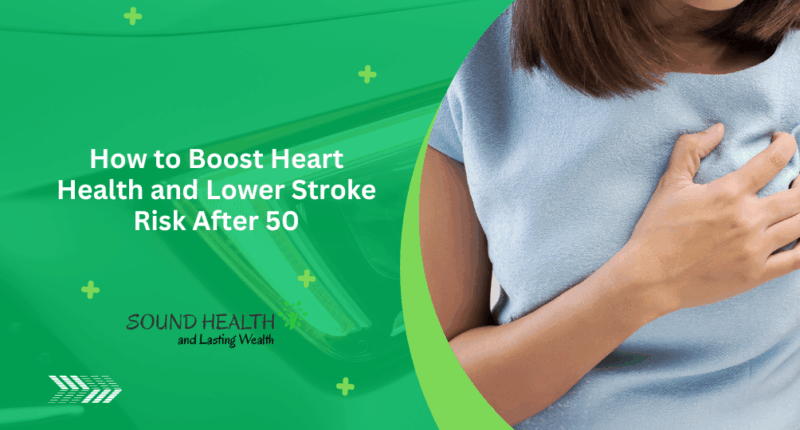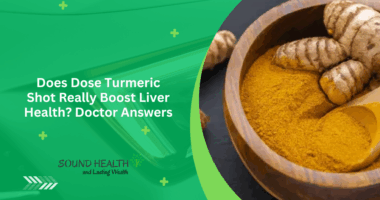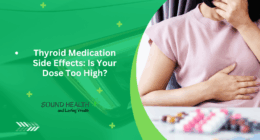Cardiovascular health remains a paramount concern for adults over 50, as the incidence of heart disease and stroke rises with age. Preserving heart function through targeted lifestyle interventions can substantially reduce morbidity and mortality associated with these conditions. This article synthesizes contemporary clinical insights and research-backed strategies to assist midlife and older adults in optimizing cardiovascular wellness and minimizing stroke risk.

How To Improve Your Heart Health: 11 Easy Tips
Before implementing specific activities, it’s essential to recognize the foundational principles for maintaining cardiovascular health after 50. Adhering to a balanced, heart-supportive diet, ensuring at least 150 minutes of moderate-intensity physical activity weekly, and sustaining a healthy body weight remain critical initial steps. These core measures effectively address major risk factors such as elevated blood pressure and high cholesterol levels. However, alongside these well-established recommendations, there exist additional simple yet impactful strategies that contribute significantly to preserving vascular integrity and optimizing heart function. Integrating these complementary approaches alongside traditional guidelines can enhance overall cardiovascular resilience and reduce the likelihood of adverse events.
1. Incorporate ‘Exercise Snacks’
Short, frequent bouts of moderate activity—known as ‘exercise snacks’—can improve aerobic capacity and vascular function. For example, three-minute intervals of brisk walking repeated several times daily can significantly enhance cardiac output without necessitating prolonged gym sessions. This approach facilitates adherence in populations with mobility or time constraints.
2. Nut Consumption for Cardiovascular Benefit
Daily intake of mixed nuts enriches the diet with unsaturated fats, antioxidants, and micronutrients pivotal for lipid balance and endothelial integrity. Peer-reviewed studies correlate nut consumption with lowered low-density lipoprotein cholesterol, reduced systemic inflammation, and consequent declines in cardiovascular events.
3. Moderate Coffee Intake
Emerging evidence suggests that moderate coffee consumption augments endothelial function and may confer cardioprotective effects when consumed without excessive sweeteners or cream. A double espresso or latte, consumed judiciously, can form part of a heart-healthy regimen.
4. Stress Reduction via Music Therapy
Chronic psychosocial stress is a recognized contributor to hypertension and atherosclerosis. Research demonstrates that listening to calming music reduces sympathetic nervous system activation, lowers cortisol levels, and improves heart rate variability—all markers of improved cardiovascular resilience.
5. Adequate Hydration Support
Maintaining optimal hydration sustains plasma volume and reduces blood viscosity, thereby mitigating cardiac workload. Adults are advised to consume sufficient fluids according to environmental and physiological demands, aiming generally for eight cups daily.
6. Social Engagement and Cardiovascular Health
Robust social networks have been shown to attenuate stress responses and promote healthier behaviors, collectively lowering heart disease risk. Regular social interactions, whether through community groups or informal gatherings, contribute to psychological well-being and physiological cardiovascular protection.
7. Vitamin E and Antioxidant Supplementation
Vitamin E’s role as a lipid-soluble antioxidant supports vascular health by limiting oxidative endothelial damage. Dietary sources remain preferable, but supplementation may be considered for individuals at heightened risk, following medical consultation.
8. Thermotherapy with Warm Baths
Regular warm water immersion induces vasodilation, transiently reducing arterial stiffness and systemic blood pressure. These physiological responses contribute to improved vascular compliance and cardiac workload reduction when incorporated safely into routines.
9. Flavonoid-Rich Hot Cocoa
Dark chocolate, rich in flavonoids, enhances nitric oxide bioavailability, promoting vasodilation and blood pressure reduction. Moderation is essential to avoid caloric excess; select products with high cocoa content and low sugar levels for cardiovascular advantage.
10. Optimal Sleep Hygiene
Sufficient restorative sleep (7–8 hours nightly) regulates autonomic balance and endocrine function, reducing risks for hypertension, obesity, and insulin resistance—established contributors to cardiovascular morbidity.
11. Leisure Activities for Cardiovascular Support
Engagement in relaxed outdoor activities, such as attending concerts in parks, encourages physical activity, supports mental health, and lowers stress biomarkers, collectively bolstering cardiovascular defense mechanisms.
Targeted Measures to Reduce Stroke Risk
Beyond general cardiovascular health, specific attention to stroke prevention includes:
Blood Pressure and Lipid Control: Adherence to guideline-directed therapy for hypertension and dyslipidemia is critical for stroke risk reduction.
Nutritional Optimization: Diets abundant in fruits, vegetables, and whole grains while limiting sodium and saturated fats reduce atherogenic plaque formation.
Tobacco Cessation and Alcohol Moderation: Preventing vascular injury caused by smoking and excessive alcohol intake is essential.
Weight Management and Glycemic Control: Obesity and diabetes exacerbate vascular damage, underscoring the need for weight optimization and diabetes management.
Epidemiological data supports these interventions. For example, the Framingham Heart Study highlights the profound impact of lifestyle factors on stroke incidence rates among older adults. Clinical trials consistently affirm that even moderate behavioral modifications yield meaningful cardiovascular protection.
Conclusion
A concerted, evidence-informed approach to heart health post-50 includes integrating exercise, dietary adjustments, stress mitigation, social engagement, and medical management to attenuate stroke risk and improve quality of life. These strategies align with current clinical guidelines and empirical findings, offering realistic, sustainable pathways to enhanced cardiovascular resilience in later life.
Also Read | Transform Your Fitness: Why Agility Training Can Change Your Life










